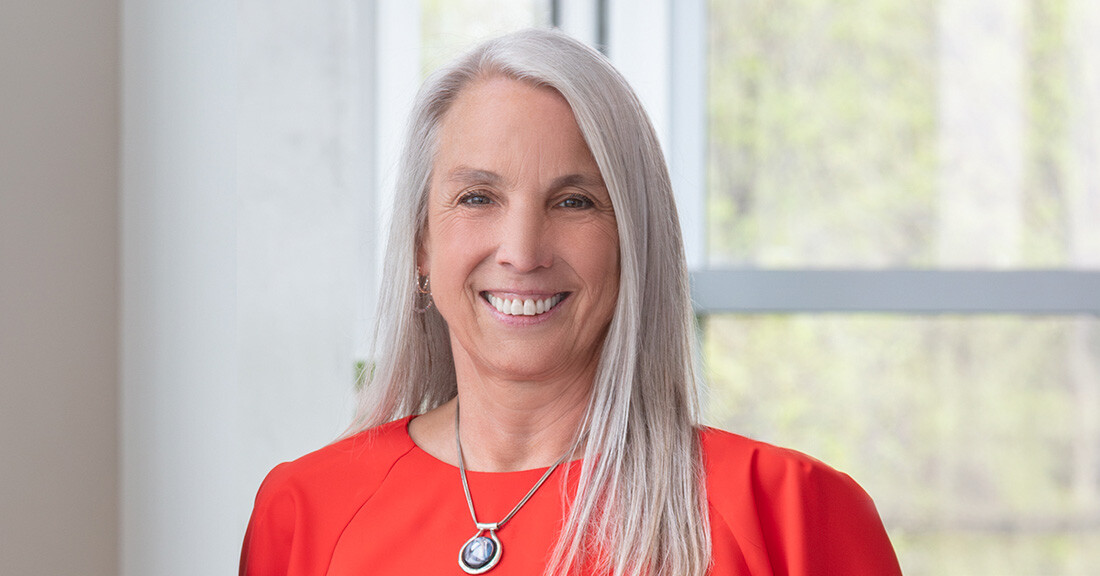The SAVE Plan Update: What's New and What's Next

The Saving on a Valuable Education (SAVE) Plan is already making waves in the student loan landscape, and even more changes are on the horizon. Here’s what you need to know about what’s already been implemented and what’s coming in 2024.
The SAVE Plan: Current Status
Implemented last summer, the SAVE Plan is an income-driven repayment (IDR) plan with a few added benefits that aim to lower payments for many borrowers (Source: studentaid.gov). The SAVE Plan serves as a replacement for the Revised Pay As You Earn (REPAYE) Plan.
Under the SAVE Plan, borrowers’ monthly payments are calculated based on income and family size. For example, a borrower making $32,800 per year or less (roughly $15 dollars per hour) would have a $0 monthly payment (Source: studentaid.gov). Borrowers who make more should still save at least $1,000 annually compared to what they would have paid under the REPAYE Plan.
Currently, several elements of the SAVE Plan are in effect.
- Lower monthly payments. The SAVE plan uses 225% of the Federal Poverty Level (FPL) based on family size and state of residence to determine a borrower’s discretionary income (Source: fsapartners.ed.gov). This is an increase over the previous 150% limit under REPAYE, resulting in lower monthly payments for borrowers.
- Automatic transition. Borrowers who were already enrolled in REPAYE automatically began receiving the benefits of the SAVE Plan without having to take action.
- No surprise interest. Interest not covered by monthly payments is forgiven, protecting borrowers from ballooning balances.
- Excluded spousal income. Borrowers can exclude their spouses’ income when filing taxes separately. This is a change from REPAYE, which counted spousal income no matter what.
What’s Next
Several changes are planned for the SAVE Plan in 2024.
January 2024
The U.S. Department of Education (ED) announced that beginning in February 2024, the SAVE Plan will give borrowers who originally borrowed $12,000 or less forgiveness after as few as 10 years of monthly repayments (Source: ed.gov). For every $1,000 over the $12,000 balance threshold, an additional year is added to the monthly payment requirement. The maximum repayment will still be capped at 20 years for those with only undergraduate loans and 25 years for those with graduate school loans.
July 2024
This summer, additional updates to the SAVE Plan will take effect (Source: studentaid.gov).
- Undergraduate loan relief. Payments on undergraduate loans will drop to 5% of discretionary income instead of the current 10%. Borrowers who have undergraduate and graduate loans will pay a weighted average between 5% and 10% of their income based on the original principal amount they borrowed.
- Consolidation without reset. Consolidation will no longer erase progress towards forgiveness, offering borrowers greater repayment flexibility without penalty.
- Automatic deferment/forbearance credit. Qualifying periods of deferment and forbearance will automatically count towards forgiveness, simplifying the process.
- Auto-enrollment for delinquent borrowers. Borrowers who are 75 days delinquent or more will be automatically enrolled in an IDR plan, ensuring access to affordable repayment options.
Loan Forgiveness
With the SAVE Plan putting loan forgiveness in the spotlight once again, many borrowers are confused about who actually qualifies for forgiveness. These are some of the programs that may require clarification for borrowers.
One-Time Payment Count Adjustments
A one-time payment count adjustment is underway for 3.6 million Direct Loan Program borrowers. With this adjustment, these borrowers will receive at least three years of credit toward loan forgiveness, with many having their loans forgiven automatically (Source: studentaid.gov). The adjustment is automatically applied to all Direct loans and Federal Family Education Loan Program loans managed by ED at the time of the adjustment. ED expects to complete these adjustments by July 1, 2024.
Borrower Defense to Repay
Borrower defense to repayment (BDR) is a legal ground for discharging federal Direct loans (Source: studentaid.gov). Under the law, borrowers may claim defense to repayment if their school engaged in certain misconduct related to the making of a federal loan or the educational services it provided, causing harm warranting a full discharge of borrowers’ applicable federal Direct loans. With some big-name schools making headlines and millions of dollars in student loans forgiven under BDR, many borrowers don’t realize that BDR only applies for borrowers who attended certain institutions.
Public Service Loan Forgiveness
It’s currently estimated that roughly one in four Americans work for a qualifying Public Service Loan Forgiveness (PSLF) employer, making this particular forgiveness program a possibility for many borrowers. However, issues at the program’s start initially caused many people who applied to be rejected. To rectify those issues, ED implemented a one-time PSLF waiver, giving people credit for periods of repayment that normally wouldn’t count (e.g., wrong repayment plan, late payments, certain periods of deferment, etc.). While that waiver expired in October 2022, the one-time payment count adjustments are accomplishing something very similar, helping more people continue to see forgiveness under PSLF. Even without waivers and adjustments, many people will be able to get their loans forgiven after 10 years of qualifying employment.
Follow Attigo News & Insights for the latest in student loan news.



